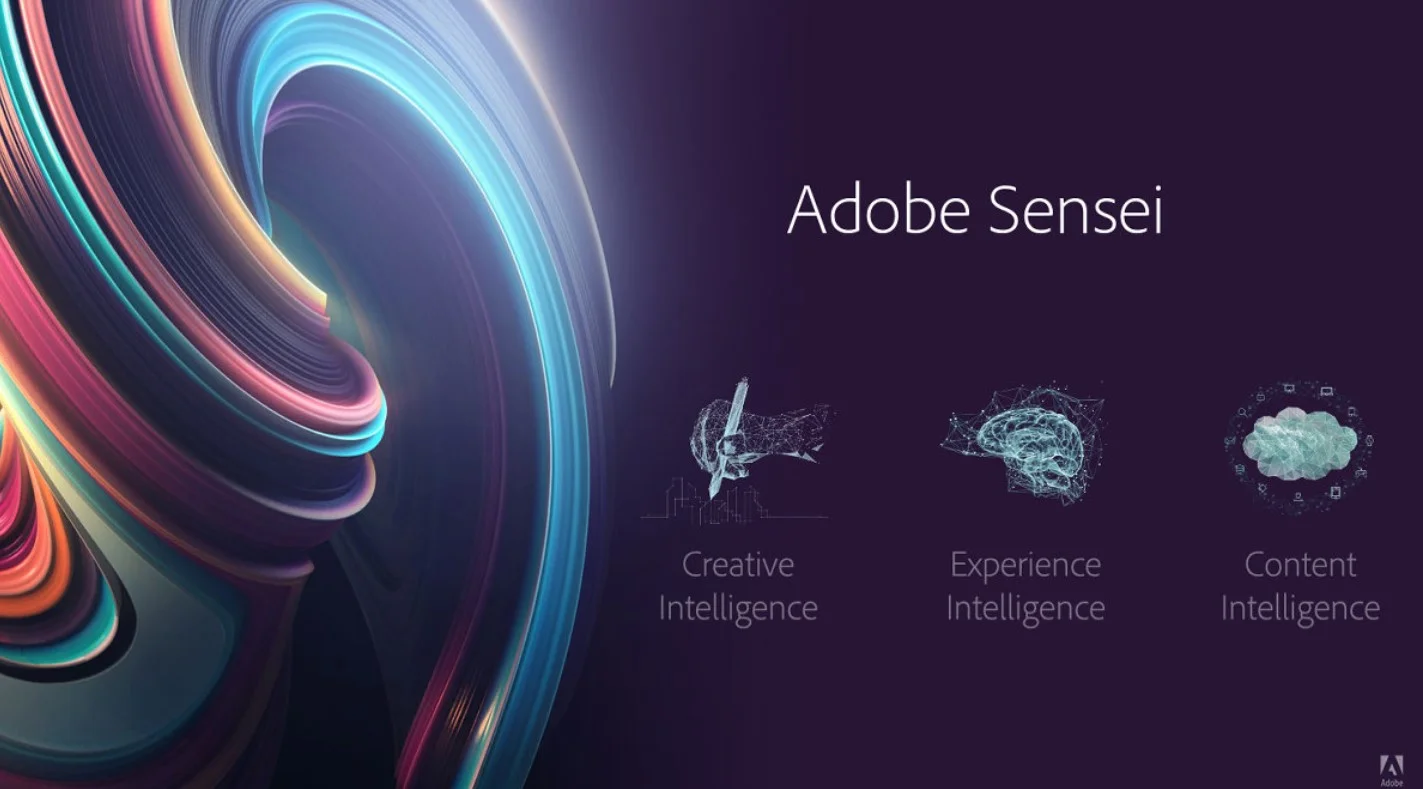
Adobe Experience Cloud (Sensei): Complete Buyer's Guide
Enterprise-grade AI marketing platform for comprehensive customer experience management
Adobe Experience Cloud with Sensei stands as a comprehensive enterprise AI marketing platform that fundamentally transforms how organizations manage customer experiences through intelligent automation and personalization. The platform operates as a cloud-native AI framework using serverless microservices for real-time processing, distinguishing itself from rule-based competitors through adaptive personalization capabilities that learn and evolve with customer behavior[131].
Market Position & Maturity
Market Standing
Adobe Experience Cloud (Sensei) maintains a dominant position in the enterprise marketing cloud market, supported by Adobe's established presence as a Fortune 500 technology leader with decades of enterprise software experience.
Company Maturity
The platform benefits from Adobe's substantial R&D investment and comprehensive product ecosystem, providing buyers with confidence in long-term vendor stability and continued innovation.
Growth Trajectory
Adobe's subscription-based revenue model and consistent growth trajectory indicate sustainable business operations and continued platform development.
Industry Recognition
Market leadership validation comes through Gartner's Digital Experience Platforms evaluation, where Adobe consistently receives recognition for its comprehensive capabilities and enterprise readiness[143].
Strategic Partnerships
Strategic partnerships and ecosystem integration strengthen Adobe's market position significantly. The platform's compatibility with AWS and Azure cloud infrastructure provides deployment flexibility while maintaining enterprise security and compliance standards[131].
Longevity Assessment
Adobe's financial stability and market position provide strong assurance for enterprise buyers making long-term technology investments.
Proof of Capabilities
Customer Evidence
Adobe Experience Cloud (Sensei) demonstrates proven enterprise capabilities through documented implementations at major organizations including NVIDIA and Caesars Entertainment[134].
Quantified Outcomes
Quantified performance evidence includes substantial ROI validation through independent research. Forrester studies report 431% ROI for Adobe Experience Platform applications and a separate analysis showing 333% ROI with $41.5M net present value for Adobe Experience Cloud implementations[141][145].
Case Study Analysis
Implementation success patterns emerge from documented customer experiences showing organizations achieve results through comprehensive data integration during foundation phases.
Market Validation
Customer adoption metrics demonstrate market validation, with over 80% of Experience Cloud customers actively leveraging Sensei's AI-driven capabilities[130][134].
Competitive Wins
Competitive displacement evidence includes the platform's architectural advantages over rule-based competitors, with Adobe's cloud-native AI framework using serverless microservices enabling genuine real-time processing compared to batch-processing alternatives[131].
Reference Customers
Enterprise customer retention and expansion patterns indicate successful long-term value delivery, though specific retention metrics require verification through independent customer surveys.
AI Technology
Adobe Experience Cloud (Sensei) operates on a sophisticated cloud-native AI framework utilizing serverless microservices architecture that enables genuine real-time processing capabilities, fundamentally differentiating it from competitors offering rule-based automation repackaged as AI[131].
Architecture
The platform's Real-Time Customer Data Platform (CDP) integration creates a unified customer profile that aggregates behavioral, transactional, and demographic data across all touchpoints[136][139].
Primary Competitors
Adobe Experience Cloud (Sensei) competes primarily against Salesforce Marketing Cloud, Microsoft Dynamics 365 Marketing, and specialized AI marketing platforms like Albert.ai and Persado.
Competitive Advantages
Primary competitive advantage lies in architectural differentiation, with Adobe's cloud-native AI framework using serverless microservices enabling genuine real-time processing compared to competitors offering rule-based automation repackaged as AI capabilities[131].
Market Positioning
Adobe's competitive positioning centers on comprehensive integration capabilities and enterprise-grade AI functionality across the entire customer experience lifecycle.
Win/Loss Scenarios
Competitive wins occur when organizations require integrated customer experience management over specialized campaign optimization, need enterprise-grade compliance and security features, and value long-term vendor stability.
Key Features

Pros & Cons
Use Cases
Integrations
Featured In Articles
Comprehensive analysis of AI Campaign Management for AI Marketing & Advertising for AI Marketing & Advertising professionals. Expert evaluation of features, pricing, and implementation.
How We Researched This Guide
About This Guide: This comprehensive analysis is based on extensive competitive intelligence and real-world implementation data from leading AI vendors. StayModern updates this guide quarterly to reflect market developments and vendor performance changes.
146+ verified sources per analysis including official documentation, customer reviews, analyst reports, and industry publications.
- • Vendor documentation & whitepapers
- • Customer testimonials & case studies
- • Third-party analyst assessments
- • Industry benchmarking reports
Standardized assessment framework across 8 key dimensions for objective comparison.
- • Technology capabilities & architecture
- • Market position & customer evidence
- • Implementation experience & support
- • Pricing value & competitive position
Research is refreshed every 90 days to capture market changes and new vendor capabilities.
- • New product releases & features
- • Market positioning changes
- • Customer feedback integration
- • Competitive landscape shifts
Every claim is source-linked with direct citations to original materials for verification.
- • Clickable citation links
- • Original source attribution
- • Date stamps for currency
- • Quality score validation
Analysis follows systematic research protocols with consistent evaluation frameworks.
- • Standardized assessment criteria
- • Multi-source verification process
- • Consistent evaluation methodology
- • Quality assurance protocols
Buyer-focused analysis with transparent methodology and factual accuracy commitment.
- • Objective comparative analysis
- • Transparent research methodology
- • Factual accuracy commitment
- • Continuous quality improvement
Quality Commitment: If you find any inaccuracies in our analysis on this page, please contact us at research@staymodern.ai. We're committed to maintaining the highest standards of research integrity and will investigate and correct any issues promptly.